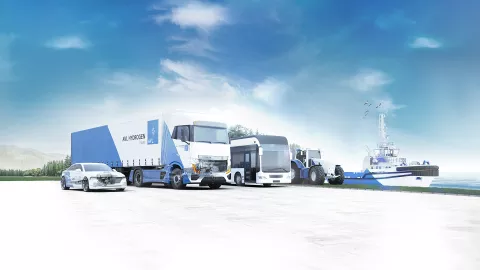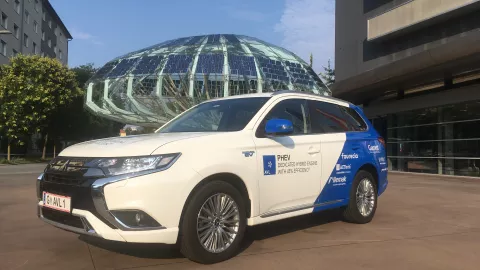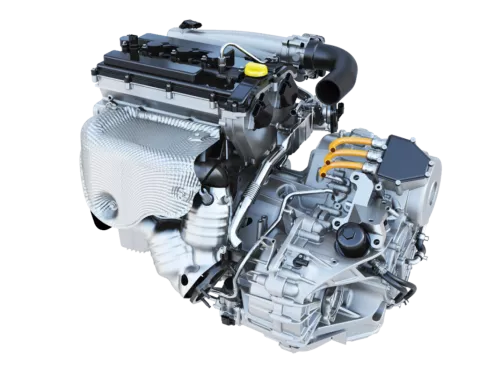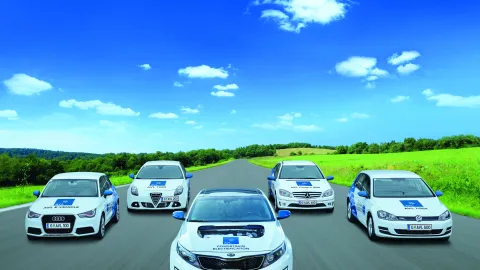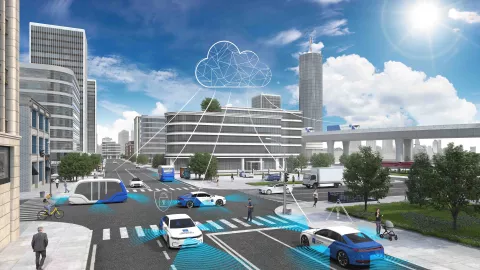Increasing Number of Vehicle Derivatives and Function Variants
A key difference between conventional propulsion systems and electrified drive systems is the reduced variety of internal combustion engines used. However, a significantly larger number of vehicle derivatives and functional variants needs to be considered.
In addition, functional variants may change during their life cycle, because of software-over-the-air updates.
With proven system development methods, we secure the complex interaction of hardware and software, as well as the associated verification and validation program.
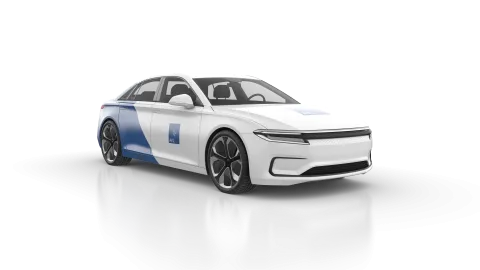
In conjunction with system development and model-based simulation in particular, considerable potential can be realized to reduce prototypes and testing efforts by up to 30 % in SOP vehicle derivative projects.
This is based on the proven combination of real-world and virtual test environments. Validation in an extended SiL test procedure can reduce validation time in expensive test environments by up to 50 %. In addition, cost and production engineering ensure the solution has an attractive cost level.

